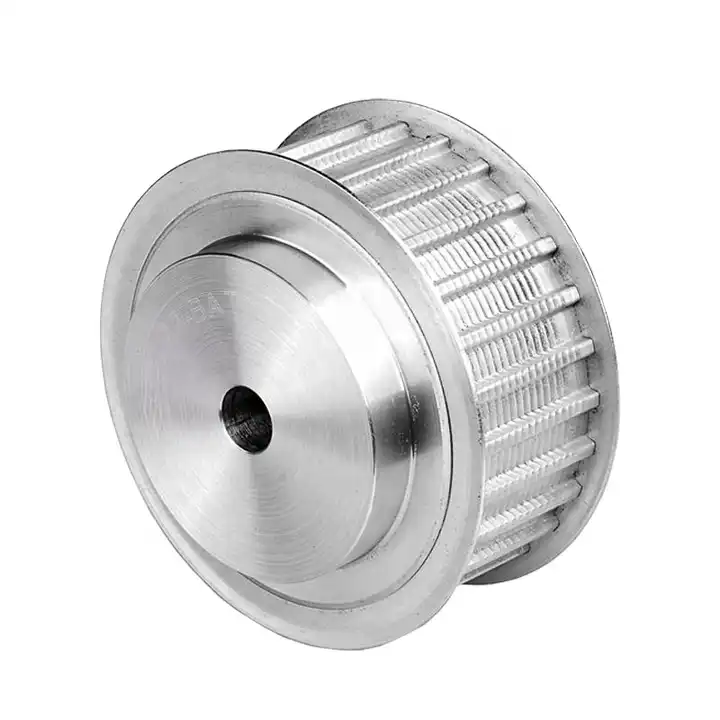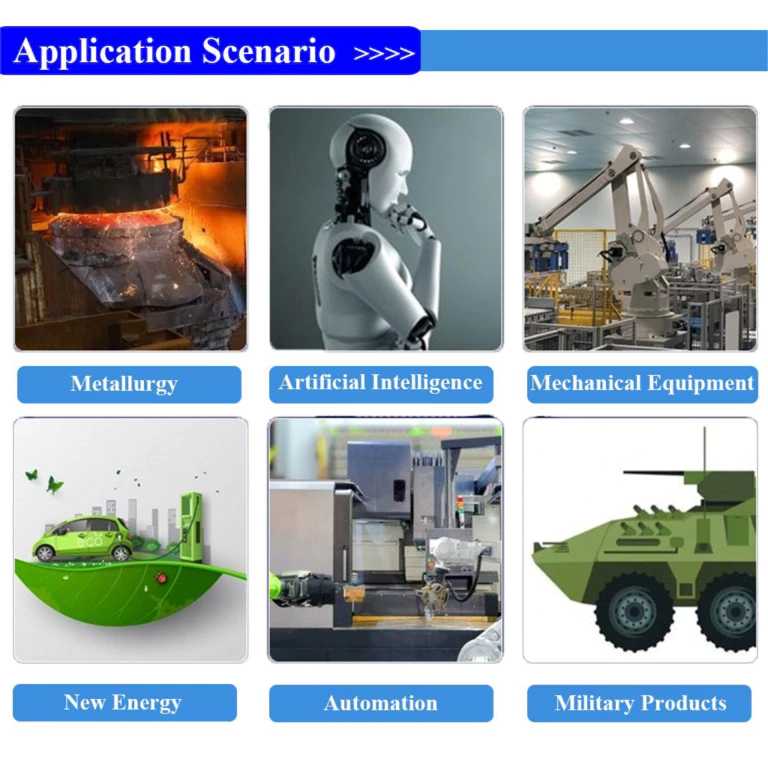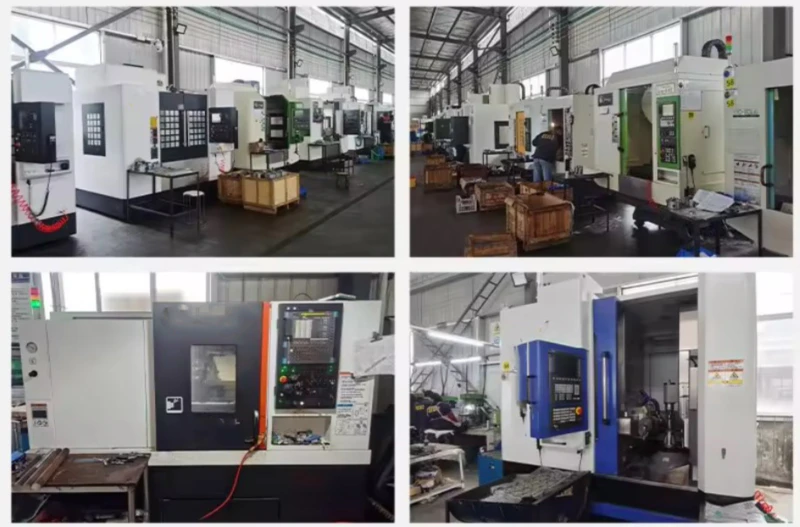Timing Pulley Torque Capabilities for Heavy-Duty Applications
Timing pulleys are essential components of many industrial machines, particularly those that require precise timing between the driving and driven components. They are widely used in heavy-duty applications such as manufacturing, printing, machine tools, and automation equipment. The timing pulley torque capabilities need to be carefully evaluated to ensure that they can withstand the high stresses and loads generated by these applications.
What is a Timing Pulley?
A timing pulley is a specialized pulley that has teeth machined into the peripheral rim. It is usually made of aluminum or steel and is designed to mesh with a toothed belt. The teeth on the belt and pulley mesh together to create a positive drive system that provides accurate timing between the driving and driven components.
Timing Pulley Torque Capabilities
The torque capability of a timing pulley is determined by several factors, including the pitch diameter, the face width, the material, and the tooth profile. The pitch diameter is the diameter of the pulley at the point where the belt teeth make contact with the pulley teeth. The face width is the width of the pulley that comes into contact with the belt. The material of the pulley should have high tensile strength, good wear resistance, and low thermal expansion. The tooth profile can be trapezoidal, curvilinear, or modified curvilinear. The modified curvilinear profile provides the highest torque capacity due to its increased tooth engagement area.
Factors Affecting Timing Pulley Torque Capabilities
The maximum torque that a timing pulley can transmit is affected by several factors, including the load distribution, the belt tension, the operating temperature, and the speed of rotation. The load distribution should be as even as possible to avoid high stresses in any one region of the pulley. The belt tension should be carefully controlled to ensure that it is within the recommended range for the pulley and belt. The operating temperature should be kept within the manufacturer’s recommended limits to avoid thermal expansion and contraction of the pulley and belt. The speed of rotation should also be kept within the recommended range to avoid excessive centrifugal forces.
Applications of Timing Pulleys
Timing pulleys are used in a wide range of heavy-duty applications, including:
- Manufacturing equipment
- Printing presses
- Machine tools
- Automated assembly lines
- Robotics
The precise timing provided by timing pulleys is critical in these applications to ensure that the driving and driven components are synchronized.
Timing Pulleys in V-Belt Drives
Timing pulleys are often used in conjunction with V-belts to provide additional power transmission capabilities. V-belts are widely used in industrial applications due to their high torque capacity, low cost, and ease of installation. The combination of a timing pulley and a V-belt provides a positive drive system that is both efficient and reliable.
If you are interested in V-pulleys, you can check out our product page at https://vpulley.com.
Our Company and Products
Our company is a leading supplier of pulleys in the Chinese market. We specialize in manufacturing and supplying a wide range of pulleys, including timing pulleys, V-pulleys, belt wheels, belt idler pulleys, and flat pulleys. We have various types of fully automatic CNC production equipment and automatic assembly equipment to ensure the precision and quality of our products. We also offer customized products based on customer requirements.
You can see our factory in the image below:
Q&A
Q1. What is the torque capability of a timing pulley?
The torque capability of a timing pulley depends on several factors, including the pitch diameter, the face width, the material, and the tooth profile. The maximum torque that a timing pulley can transmit is affected by load distribution, belt tension, operating temperature, and speed of rotation.
Q2. What is the purpose of using a timing pulley in industrial machines?
The purpose of using a timing pulley in industrial machines is to provide accurate timing between the driving and driven components. This ensures that they are synchronized and operating efficiently and reliably.
Q3. What are some of the heavy-duty applications that use timing pulleys?
Timing pulleys are used in a wide range of heavy-duty applications, including manufacturing equipment, printing presses, machine tools, automated assembly lines, and robotics.
Q4. What is the tooth profile that provides the highest torque capacity?
The modified curvilinear tooth profile provides the highest torque capacity due to its increased tooth engagement area.
Q5. What is the advantage of using a timing pulley and V-belt combination?
The combination of a timing pulley and a V-belt provides a positive drive system that is both efficient and reliable. V-belts have high torque capacity, low cost, and are easy to install, while timing pulleys provide accurate timing between the driving and driven components.


